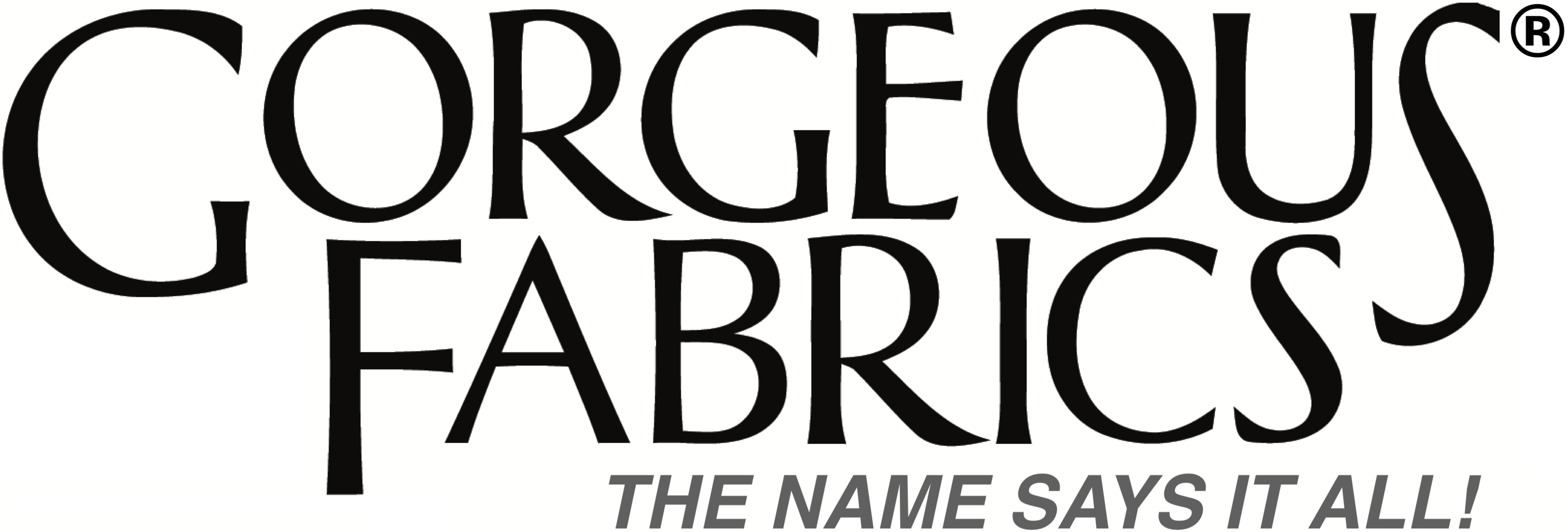The Pressinatrix would like a word...
My dears, have you missed your Pressinatrix? She has certainly missed all of you.
But she is back now, and poppets, Your Pressinatrix would like a word. Or rather, several. Dear hearts, cold weather is coming, and with it, the desire - nay, need - to sew wonderfully cozy costumes to ward off winter's warlocks. That means wools, cashmere, alpaca, mohair and more. These fabrics, while impervious to weather, need special consideration when pressing. One must not man- (or woman-) handle these fibers! Alas, Your Pressinatrix has witnessed horrible, terrible, ghastly things done to these innocent fibers! Shadows of seam allowances indelibly impressed onto the garment, like the shadows of old painted signs on New York buildings. It makes The Pressinatrix clutch her pearls and swoon on her fainting couch! The horror!
(Fanning herself and sitting upright as grandmere taught her...)
So let us talk about pressing that doesn't leave impressions - except for the impressions you leave on others when they realize that you made your couture garment. How many times have you looked at a garment and seen visible imprints of the seam allowance's raw edges on the right side? The Pressinatrix has seen many, and far too many from those who would have you believe that they are expert. It is enough to give your poor Pressinatrix fits of the vapors. There is as much danger of ruining a garment by over-pressing as by not pressing enough. This is especially true with delicate fabrics like velvets and velveteens, cashmeres, alpaca, vicuña and even some fine wools. Here are two examples, using the wool flannel from a coat sewn by The Pressinatrix' lesser self alter ego. First, a seam:

More obvious: an edge, like you might see on a pressed-to-death lapel or facing.

The horror!
The good news is that there are a few simple techniques to help you avoid this dreadful fate. First...
You heard The Pressinatrix. Sometimes you achieve the best results by using a light hand. There is a simple tool, coupled with a simple technique, that will give you the results you desire. The simple tool is The Pressinatrix' best friend: a paper bag. The Pressinatrix cuts strips of brown paper, wider than the seam allowances, and places them between the seam allowance and the outer layer of the garment.

The simple technique is what The Pressinatrix calls "HoverPress". Note that the iron does not actually touch the fabric. By hovering the iron a scant 1/8 of an inch above the fabric and steaming generously, then leaving the fabric on the board until it cools, The Pressinatrix achieves a soft finish that is deliciously attractive. Using a light touch on seams and hems will help you avoid the dreaded "Pressed to Death" look.

In cases where you need to train your fabric even more, simply rest a clapper (without any pressure - the weight of the tool will do) on top of the seam.
Let It Be
This is critical for a beautiful, couture-worthy finish. Allow the seam to cool completely before removing strips of paper. Turn your seam over, and once again without actually touching the fabric, apply light steam and leave until the fabric is cool to the touch.If you are pressing an edge, like a lapel or faced closure, shape your brown paper to match the shape of the lapel like this.
Curved Outside Edges
If you are pressing an edge, like a lapel or faced closure, shape your brown paper to match the shape of the lapel like this.

Put that paper between the outer layer of the lapel and the seam allowance and press (gently, my dears). You'll have a perfectly pressed curved seam with no unwanted impressions.
Because the only impression The Pressinatrix wishes to leave with you is a good impression.
Happy pressing!



